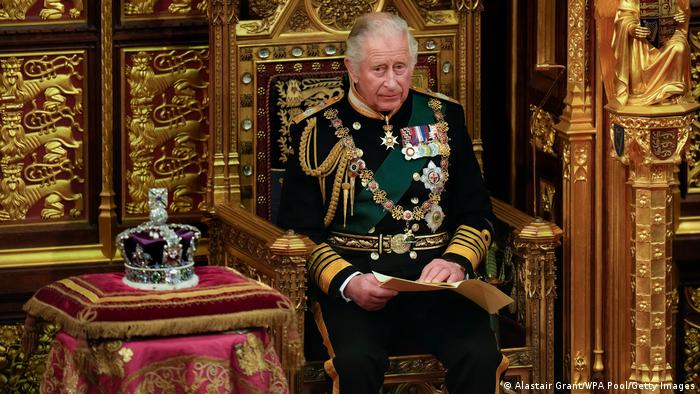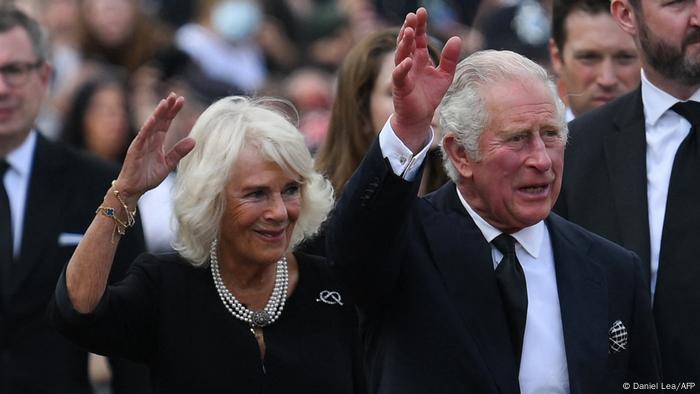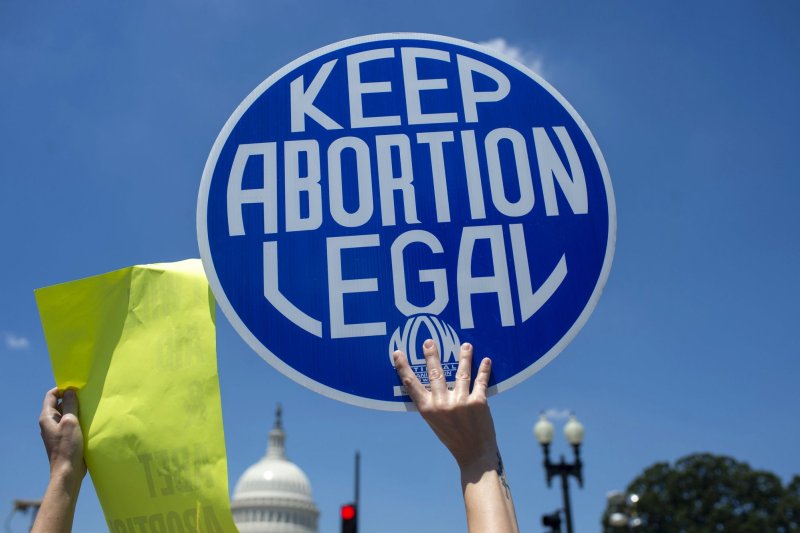Rising seas could destroy millions of U.S. acres in decades

A new report said that rising seas could swallow millions of acres by 2050.
Sept. 8 (UPI) -- Rising tides due to climate change could flood nearly 650,000 properties and $34 billion worth of real estate along the nation's coasts by the year 2050, a new report has concluded.
The nonprofit organization Climate Central found that as many as 4.4 million acres of land are projected to fall below tidal boundaries over the next 30 years. That number could swell to 9.1 million acres by 2100.
"As the sea is rising, tide lines are moving up elevation, upslope and inland," Don Bain, a senior adviser at Climate Central and an expert in sea level rise, who led the analysis, said. "People really haven't internalized that yet -- that 'Hey, I'm going to have something taken away from me by the sea.' "
Hudson County, N.J., has the distinction of having the highest estimated land value at risk: more than $2.4 billion. More than 15% of the county's total acreage is below the predicted water levels.
Galveston and Honolulu have $2.37 billion and $2.3 billion at risk respectively.
The majority of the 4.4 million acres at risk are located in just four states: Louisiana, Florida, North Carolina and Texas.
However, the southern states are not the only major areas at risk. New Jersey, New York and Maryland could each have thousands of buildings impacted, according to researchers.
"Your land is going to be taken from you by the rising seas," Bain said. "Nobody's talking about that."
Not only will the land under water be affected, but many towns and counties could have their entire budgets altered.
The loss of taxable value could greatly impact the budgets of many towns and counties, A.R. Siders, an assistant professor in the University of Delaware's Disaster Research Center, warned.
"If a town has no other income and is relying solely on property tax values, that town is not sustainable," Siders said.
Bain said that the report was not meant to frighten people, but was instead meant to educate and give people information to combat climate change.
"I think we can have a bright and prosperous future but only if we put our minds and shoulders to it, and are well-informed and get after it."










